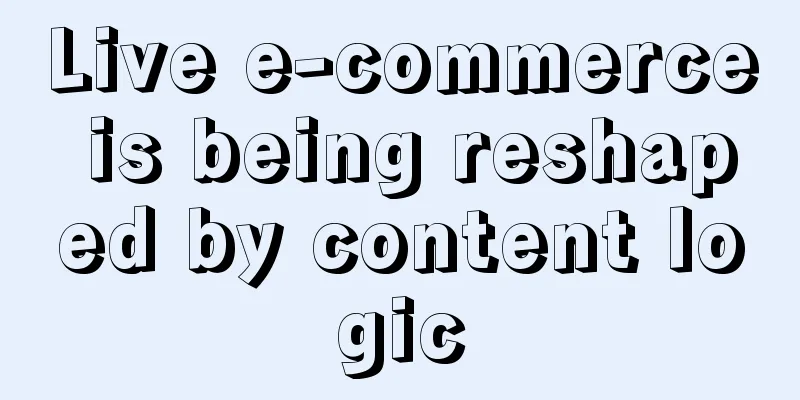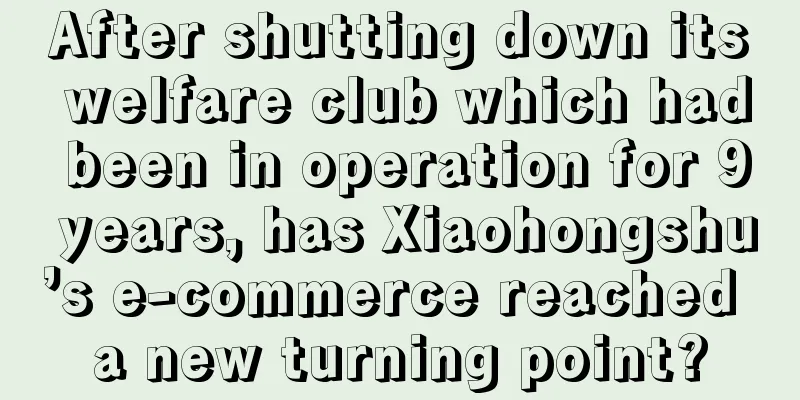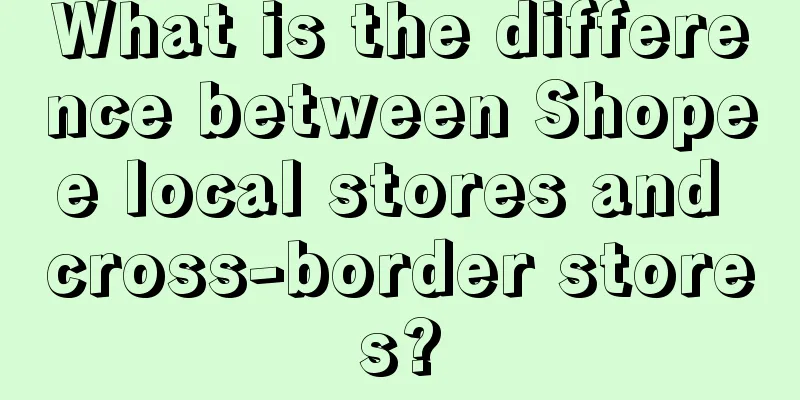If you had the budget, would you still spend money on traditional advertising?

In the past six months, when I passed by subway stations and airports, I had a distinct feeling that there were more public welfare promotions and rental advertisements. Guangzhou Metro is actively seeking change, and personal advertisements have become popular, which once caught people's attention, and the key is that the prices are not high. (Birthday wishes, many personal job applications) But recently I found that the novelty seemed to have passed and public service advertisements returned to their place. The TV commercials are even worse. The commercial that CCTV-5 aired during the semi-finals of the Wimbledon Tennis Open was actually a therapeutic device for the treatment of intervertebral disc in the elderly... Hey, are the wealthy sponsors Rolex, Nike, Audi... sure they don't want to advertise anymore? I really miss the streamlined cars running at high speed among the mountains, with the words "luxury", "ultimate" and "exclusive"... It makes me full of reverie. (I feel comfortable even if I can’t afford it) The health care advertisements for middle-aged and elderly people only think of their own 65 years old... (One look at it makes me panic) Everyone says it’s because the economy is bad and companies don’t have money to advertise. At first, I thought so too, it would be good to have money. If I think about it carefully, it doesn’t make sense. The giants have always had money, so why don’t they invest? So I thought about it more deeply. If the budget is sufficient, will we go back to the past? (It’s good for big companies to promote new products) Maybe not. Consumers/customers’ habits have changed . People like to use their headphones while browsing their phones and get information on social media. Businesses have also changed . They no longer believe nonsense like “I know 50% of my advertising budget is wasted, but I don’t know which half.” The bosses would just pound their fists on the table and say in a categorical voice, "Tell me how much ROI it is, how much sales it brings..." All this made me realize that traditional advertising and even traditional marketing methods have to change. Will it be replaced by precision marketing? I’m not sure, precision is really too difficult. Will it be omnichannel social media marketing? It’s hard to say, omnichannel is not easy either… I happened to be reading "The Fourth Consumer Age" recently. (I read it twice. I wish I had read it a few years earlier...) The author mentions four consumer eras in the book. The first consumer era is the rapid economic growth centered on cities; the second consumer era is family-centered, with the popularization of home appliances and cars and a westernized lifestyle; the third consumer era is the shift from family to individual and the focus on self; the fourth consumer era is a shared society based on circles, with all people pursuing cost-effectiveness. Some cities in China have now crossed the first and second consumption eras and begun to transition from the third to the fourth stage. The characteristics of the third consumer era are that consumers have begun to think about who they are and what they really want . People defined by user portraits such as gender, age, education, occupation, and income do not necessarily have common values and needs. In addition, when commodities are extremely saturated, people are extremely tired of "sameness and uniformity". In the past, everyone would buy whatever others bought. Now, if everyone else buys something, I won’t buy it. I hate whatever is popular. In this era, the key word for purchasing has become "suitable for yourself". In the fourth consumer era, people are sharing awareness and focusing on “connection”, or communicating in circles ( those online and offline connections). At this point, it seems that mass communication can only adapt to the first and second stages and cannot keep up with the needs of the third and fourth eras. There are three reasons for this: First of all, because it needs to cover a wide range of people, it must be a standardized product, service or knowledge suitable for the general public... Consumers want different things, such as niche, personalized and diversified . Although it is not impossible to invest manpower and material resources, the cost is too high. Secondly , mass communication can only be one-way communication. In other words, whatever the brand says is what it is. Consumers today do not want to listen to high-handed preaching, but want to express their own ideas and like equal communication. Finally , the halo of brands is slowly fading. People trust the recommendations of friends and circles, and even start to not care much about brands. " Value for money" becomes the choice after material desires decrease . You will definitely say, "I will still choose branded products." Yes, people will still choose brands that are quality-assured and trustworthy , but they will be cautious about products with high premiums. Companies have also become more restrained and low-key in their communications. After gaining insight into consumer needs, they lower their status and actively interact with consumers, continuously iterating their products and services, while constantly innovating in supply chains and sales channels. Well, now you will say, is the advertising industry of the past gone just like that? Not really. Good ideas never go out of date in any era . (I have always been impressed by this print ad) But to make most people feel touched, perhaps we can start from individual recognition, then spread it to the circle and the public... The way of communication may be the Internet, word of mouth, social network... Did you notice that the path has changed? Creativity spreads like ripples on water, not like the splash of a rock in the past... What will happen to these advertising spaces in the future? The Guangzhou Metro’s approach is worth learning from . When the economy is better and anxiety is reduced, perhaps we will see more personal creativity. The second thing is to actually do some public affairs dissemination , such as providing information about various performances in the Hong Kong subway to promote local culture. Large companies can also use ESG as a theme and combine it with public welfare to make consumers and customers have a better impression. This is different from the hard advertising in the past, and the overall effect is self-evident. Finally, let’s summarize. The current changes are not only caused by the economic environment, but also by changes in consumer habits, the development of digital technology, and the way of marketing must also change. This uncertainty is uncomfortable, but also full of fun and challenges. Author: Hanni Source public account: Time Notebook (ID: 1089517) |
<<: Xiaohongshu’s strategy to break the brand circle
>>: Long video overseas: those who roll outwards will enjoy the world first
Recommend
Look! 3 steps to quickly find blue ocean words on Xiaohongshu
Introduction: Brand "blue ocean" refers ...
Has the “Hope of the Audience” video account realized Tencent’s short video dream?
On December 15, at an online internal employee con...
Does Amazon support new products? How to maximize traffic?
Friends who have opened stores on Amazon are actua...
It is popular among primary school students to wear bracelets. What do you think about it?
Recently, the hot topic of "playing with hand...
How to open a store for a cross-border e-commerce novice? A complete tutorial on opening a store
With the development of global trade, cross-border...
How to co-create content under social marketing?
Introduction: The advent of the Internet big data ...
《Super detailed! A complete guide to activity review reports》
Activity review reports are essential for evaluati...
How does eBay sort by sales volume? What are the influencing factors?
When buying goods on eBay, many buyers search for ...
When products are increasingly raising the payment scythe, where will the user experience go?
The Internet industry has always been free, but wi...
3 secrets to improve the private domain of the clothing industry in 2023
This article deeply analyzes the importance of pri...
What are the detailed methods for filing a complaint against copycat sellers on Amazon? How to do it?
Merchants who open stores on Amazon are most afrai...
What to sell on Amazon? What products to sell on Amazon?
If we open a store and do business on an e-commerc...
These three brands told me: Don’t compare yourself to others, it’s just a collaboration | Anti-anxiety special
In this age of social media, we are always tempted...
90% of brands’ “IP marketing” is a mess, but this brand is popular all over the world!
Most people still have a vague concept of IP marke...
Brands all have super personalities
People have character, and so do brands. Building ...









